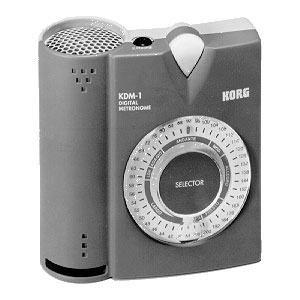After a hiatus of almost two years I’m back in the judge’s chair—this time for the Yamaha Piano Challenge 2012. Mrs. Fong asked me to judge the Finals together with fellow judges Razif, Soo See, and Mei Ling. The format was different compared to Piano Idol, with categories ranging from YPC1 (Beginners) to YPC12 (Advanced) and there were winners for each category. All in I think there were around 60+ contestants, and there were two sessions—one in the afternoon and another in the early evening. We had an early dinner around 5 pm. I brought my Canon EOS 550D along with the Speedlite 580EX II so here are some pictures.
(Above) The stage is set at the Penang PAC (Performing Arts Center). That’s the Yamaha GB-1 baby grand piano together with the Digital Music banner. This is a smallish hall which can accommodate approximately 300 people, but it has great acoustics. The piano sound seems to bloom on its own accord. This would be a great place for solo concerts. I took this picture handheld, resting my elbows on the judges’ table, taking a deep breath before pressing the shutter.
(Below) Vincent was one of the guest stars of the day. He played Franz Liszt’s Liebestraum No. 3 in A flat major and Chopin’s Black Key etude, Op. 10 No. 5.
(Above) Adriana was the other guest star. She performed Chopin’s Etude Op. 25 No. 1 and Debussy’s Prelude from Pour le Piano. Both these talented pianists are my students and I’m extremely proud of them. They each won the Piano Idol in the past.
(Below) A candid view of the junior contestants in the afternoon session with their certificates of participation.
(Above) For the Senior session the piano was moved to a different angle but the sound was still great. A slow shutter speed emphasizes the dexterity of this contestant.
(Below) A cross-section of some of the winners in the Senior category.
(Above) Here I am, posing with Vincent after the whole show was over. The Speedlite 580EX II is fantastic; this was taken using direct flash and yet it handled the lighting conditions extremely well, exposing both of us just right.
(Below) I could recognize some budding talents today. Here I’m posing with Yeu May, the Level 8 winner. She played a scintillating Chopin waltz—I’d love to have this 15 year-old for a student.
I have to commend Mr. and Mrs. Fong for organizing these competitions. They really foster and encourage the upcoming musical talents in our midst. I’m looking forward to more in the future.










